I admit to being a James Bond geek, but when I heard the studio bosses had decided to release a fragrance to celebrate the 50th anniversary of the 007 franchise, I was skeptical.
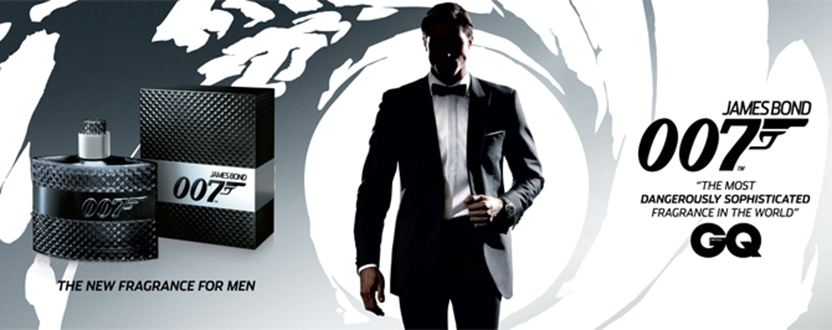
Was this good or bad for the James Bond brand?
Launched initially as a Harrods exclusive, it sold out with one bottle being sold every 4 minutes. Clearly, a successful product launch, but is it good for the brand, and what are the key considerations?
Firstly, I have tried to define the difference between brand extension and brand stretch:
Brand stretch: a launch of a new product into a completely different and unrelated category. The 007 fragrance is a good example of this.
Brand extension: the launch of a new or modified product into the broader market category in which the brand operates (e.g., Stella Artois Cidre)
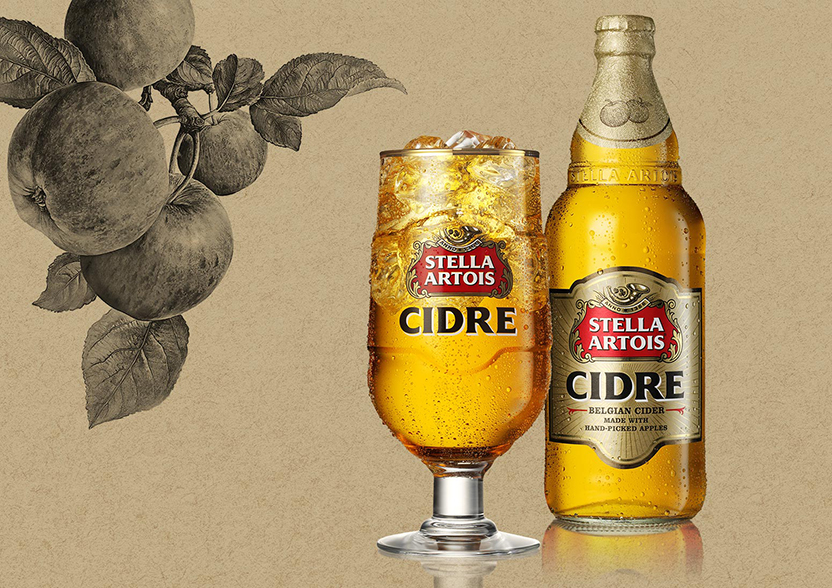
Stretching or extending a brand has some major advantages over launching something completely new:
1. Bringing the product to market requires less investment – reduced research costs, reduced design costs.
2. Distribution is generally easier. For example, existing retailer relationships can be leveraged.
3. There is less investment required to build and maintain consumer awareness, due to the parent brand’s halo effect.
4. Reduction in consumer’s perceived risk, more willingness to try – if it comes from a brand, consumers know they can be more willing to give a new product a try:
“ I know Ariel washing powder is quality and works, therefore Ariel stain-remover must be good”
5. It’s often thought that the current team is able to manage a brand stretch or brand extension without the recruitment of new marketing, insight managers, etc.
However, a brand extension or brand stretch can fail spectacularly because the philosophy of brand extension is not well enough understood or implemented correctly.
Probably the most well-known brand extension failure is Coca cola’s ‘New Cola’ extension from 1985.
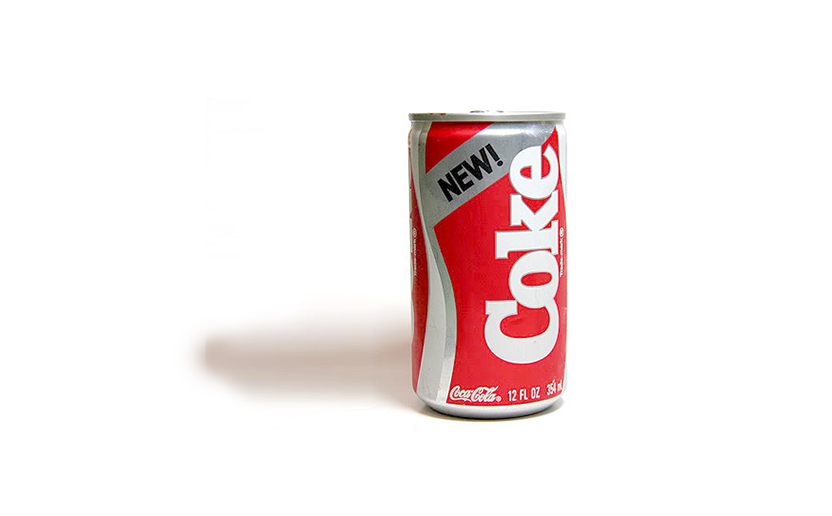
It was well-received initially but then caused a huge consumer backlash and reduced sales.
Building a Successful Brand Extension
For any brand considering a brand extension, I have suggested that the first questions to ask are:
1. What is it about my brand that consumers recognize? An example of this is Heinz tomato ketchup. Being the largest and fastest-selling product the company has ever distributed, a consumer may say “ Heinz makes the best tomato ketchup”.
2. What do consumers consider is the advantage of my brand over other brands. They may say “ Heinz make the best tomato ketchup“
Answering these questions helps find a brand’s extendable equity and forms the foundation for finding a brand extension success.
A Successful Brand Extension:
In order to stand the best chance of creating a successful brand extension, there are 3 key questions that need to be asked:
1. Is it a new product in a new category?
It must be a new product in a new category that creates new competition and attracts new consumers. Going back to our Heinz example, by launching Heinz mayonnaise, a new product was created in a new category.
2. Is it attached to a well-known brand name?
Successful brand extensions hinge on consumers already knowing your brand’s name.
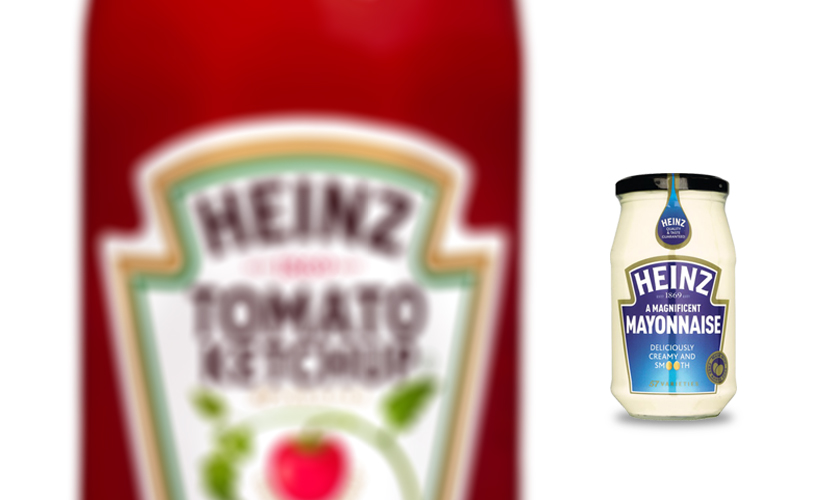
3. Does it have extendable equity in the new category?
The brand must have something that is easy to communicate in the new category but, most importantly, there must be a strong reason why the consumer would prefer the new product over something that already exists.
A good example is Fairy dishwasher tablets. Already a market leader in washing up liquid therefore huge extendable equity.
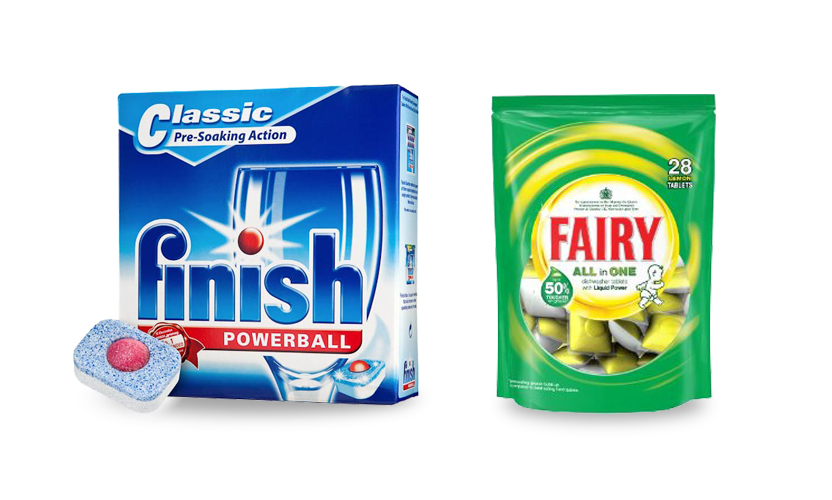
The above examples all make perfect sense. However, I would argue that there are a number of pitfalls that are very easy to fall into. This is particularly true in the current economic climate with both savvy retailers and even more savvy consumers.
My advice to any brand considering a brand extension and has answered the points above on creating a successful brand extension is:
1. Carefully consider the time, money, and effort into developing a brand extension, particularly if that product is a “me too”.
Consumers tend to stay loyal to the brand that introduced and educated them to a new and different way of behaving or consuming.
Retailers’ tolerance of secondary brands has become very low. If the sale of your product does not meet their expectations post-launch, this may damage their trust in you and the likelihood of them supporting your future new product.
Does your brand have a perception or association that has greater credibility with consumers than your competitors’ brands?
2. Be as rigorous in planning a brand extension as you would a completely new product launch
Is the current brand you are trying to extend healthy in the first place? If it is not, then that needs to be fixed before any extension can be considered.
Ensure any extension strengthens the parent brand and does not dilute or confuse it.
3. Ensure the extension pays for itself
Does it steal share from other variants of the parent brand?
Does it take time, resources, and focus away from the parent brand where time may be better spent?
4. Research the name
A good name is essential to communicate the product proposition of the brand extension. The UK smoothie brand Innocent launched a flavored-water brand under its smoothie brand name. However, this lead to consumer confusion and therefore risked damaging the parent brand. It was then re-branded to its current form “this water“.
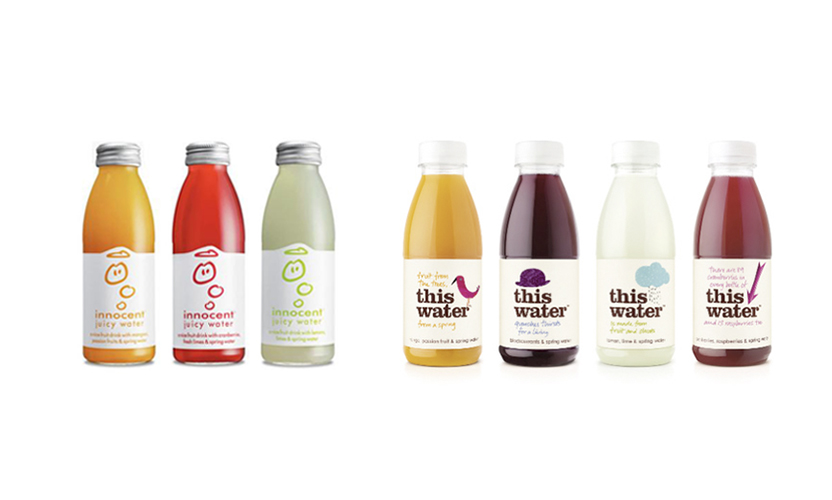
So brand extensions and stretch can be good (even for James Bond) but take the time to research and think through the strategy!